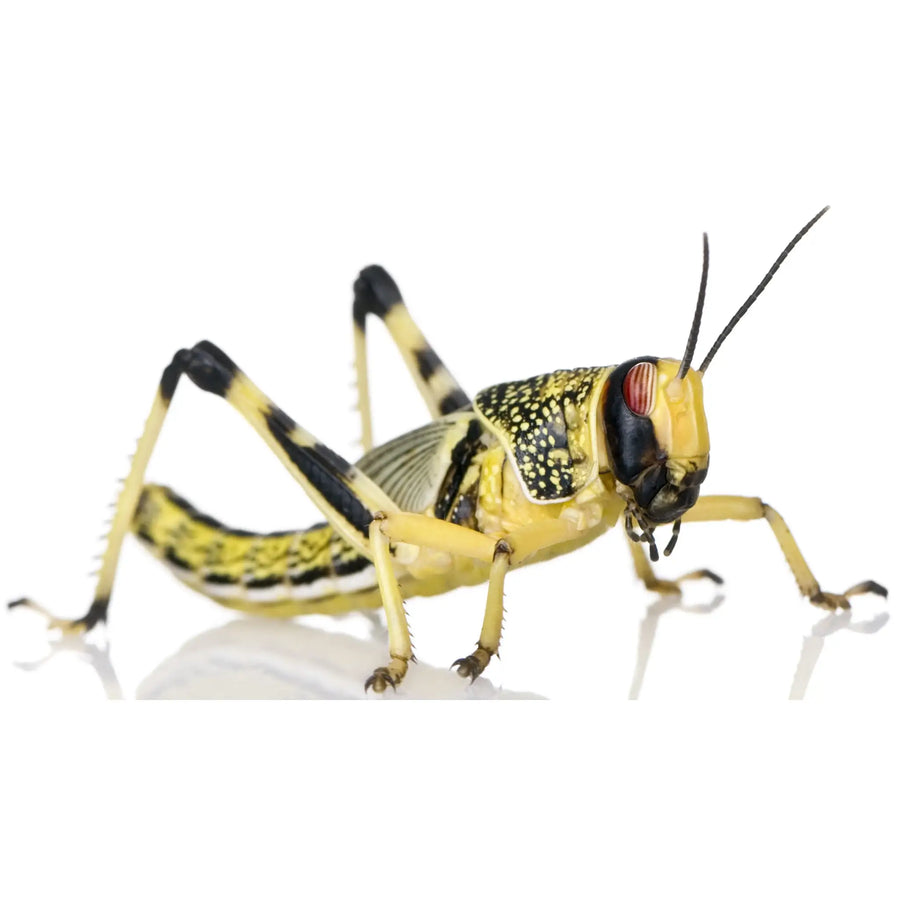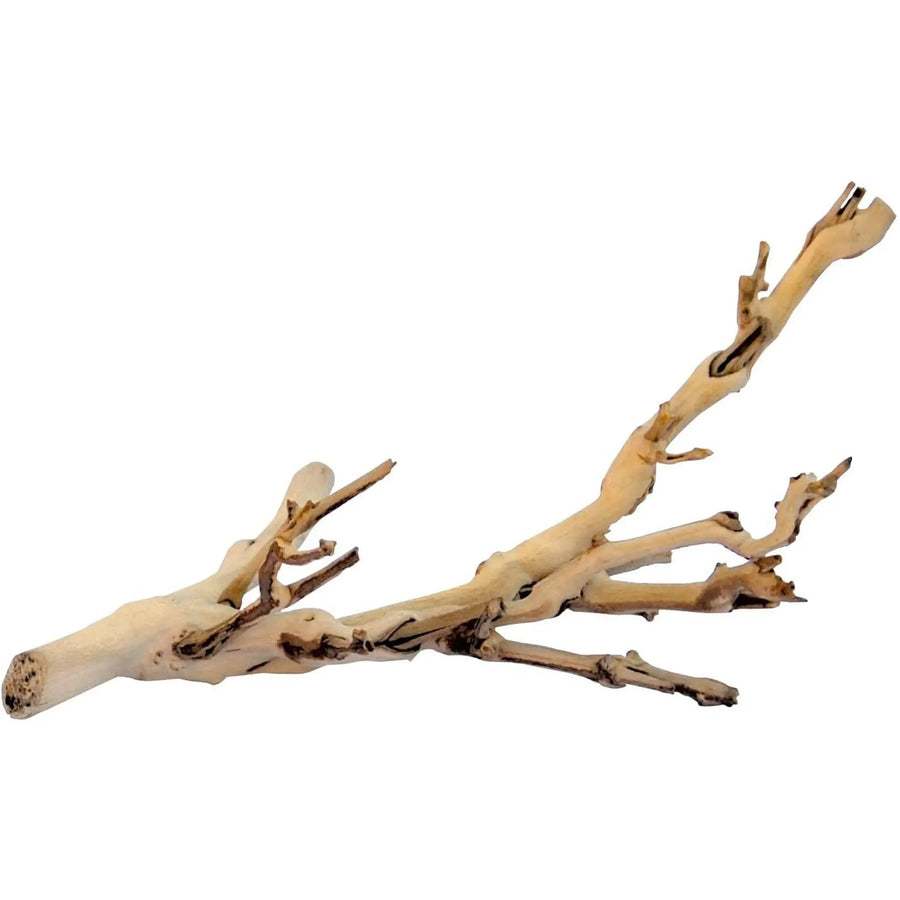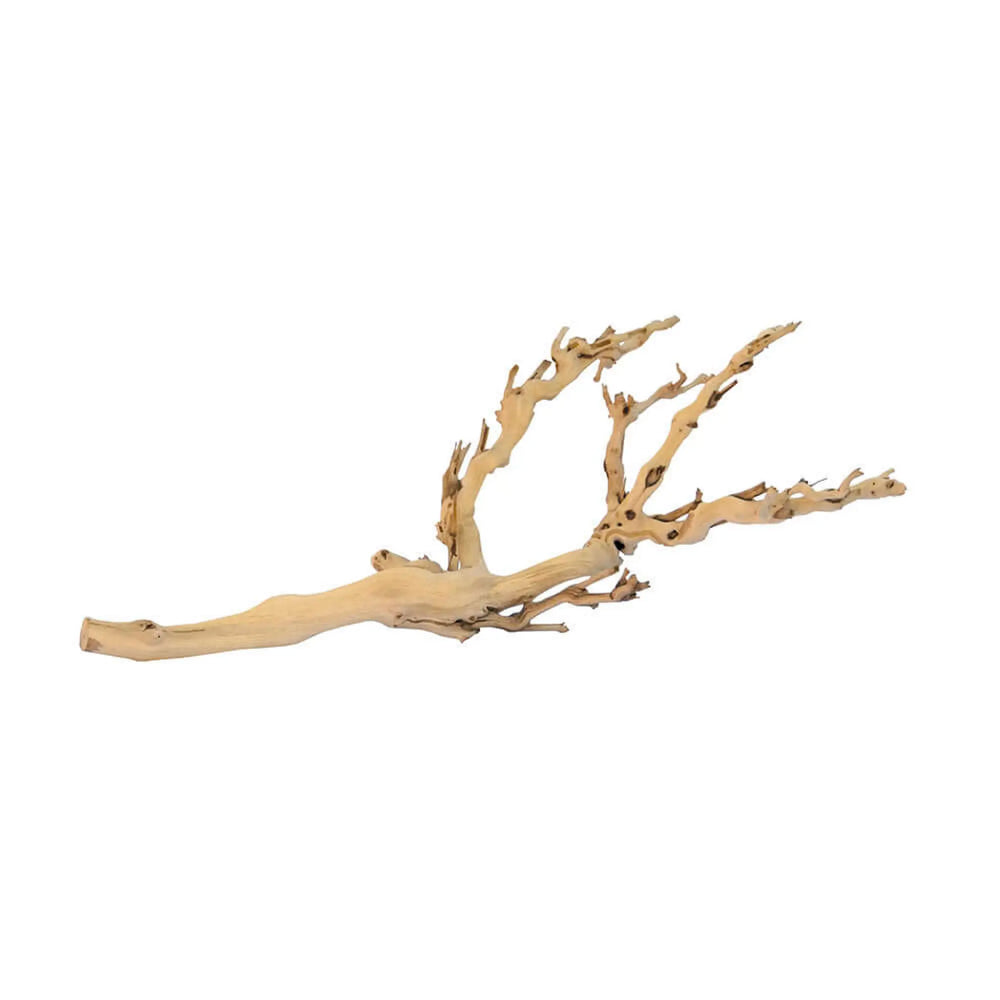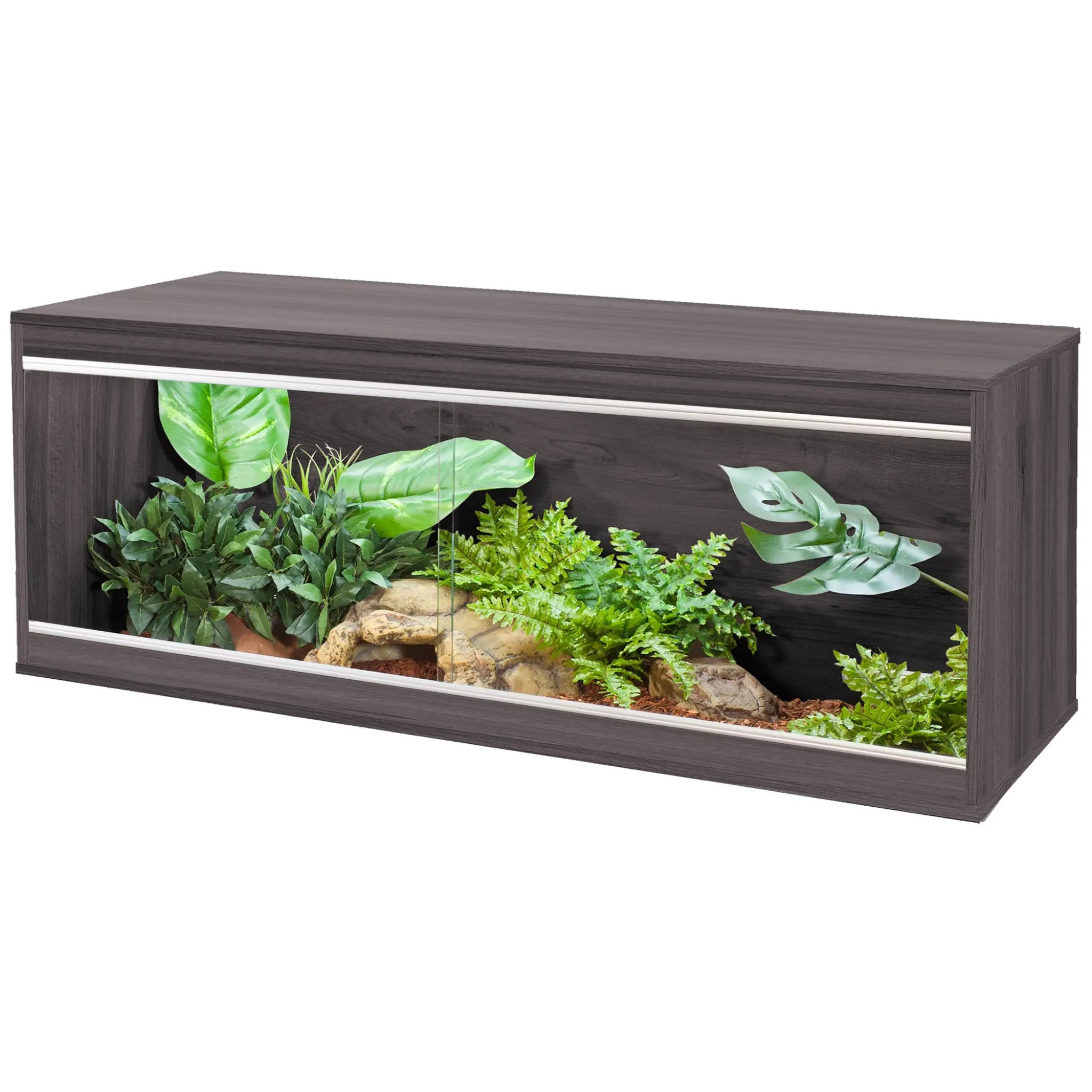
Does My Reptile Need UVB?
by Luke Tansley on in Guides
Pretty much all of us know our Reptiles need a UVB source in their vivarium. But do you know why it benefits them? Here I shall try and explain a few things regarding such and tackle those common arguments we all see on social media. For me, I find, ‘simple’ often wins when it comes readers understanding my explanations. They can then seek further information themselves or message me directly for further help.
What Does it Do For My Reptile?
When it comes to explaining the use of a UVB tube to people I simply say that it’s the best we can do regarding recreating the UV rays our sun gives out, inside a vivarium. A UVB tube, in conjunction with a heat source, is our sun simulation. And from the moment the sun starts rising, until the moment it has been replaced in the sky by the moon, all animals exposed to it during that period, will have benefited.
Many will associate the use of a UVB tube inside a vivarium, with the regulation and production of D3 as it’s an instant link we have as reptile keepers.
3 things we associate together.
- UVB
- D3
- MBD (metabolic bone disease caused by a lack of UVB exposure and proper calcium/ D3 conversion/ utilisation).
Sure, MBD is part of it as a keeper. But, as far as what UVB does in the system for our reptiles, it goes way beyond that.
Most reptiles depend upon basking in the sun for warmth and its UVB exposure, to regulate and produce their own D3 within their system. No supplements needed. But also the UVA produced by these tubes opens up a whole different world for our reptiles.
Us humans have 3 vision cones within our eyes. This deciphers the info around us, and the brain ‘sees’ the colours. Most reptiles have a fourth cone. This enables them to see UVA light (which we can’t). Thus, opening up millions of more colours than we could ever see. This is the reason that red, blue and green bulbs are NOT good for reptiles. More so at night. They seem far brighter than we see these bulbs. That = stress. That = illness.
This extra vision benefits everything. From hunting capabilities. To foods. Its even thought it’s how they can distinguish male from female when it comes to mating. As some species, they DO look the same. Take our Bearded Dragons for example. We humans can sex a dragon with the lift of a tail. Or, use of a flash-light. Neither of which a Dragon of the opposite sex can do in wild circumstances.
One of the most common ‘issues’ I see within my groups, is the question of “does my leopard gecko (or snake) need UVB?” To which my answer is simple, “would they have ‘access’ to such in wild conditions”? Of course, they would!
Take a Leopard gecko for example. Sure, they will hide away much of the day. And come out when the sun is setting. And that’s the main thing here. The sun is setting. Thus, still out, and giving off UVB. All-be-it, low-level UVB. But the Gecko will totally benefit from such exposure.
Also, the fact that when hiding away during the day it only takes a tail to be exposed out of its hiding place, or a foot, to gain the benefit of UV exposure and start it bodies conversion of D3. In turn, the immune system benefits.
The same can go for snakes.
A corn snake, or royal python hiding away in the fields, in a log or a burrow waiting for a meal to wander in to their territory. They won’t be in complete darkness. Meaning, UVB is getting through to them. Sure, they are in the shade. But they will still be utilising the low-levels of UVB bouncing off the floor into their hiding holes or coming through the shaded area in which they lay. They would of course openly bask in the heat and UV also from time to time. Although, at risk of predators the benefit is worth the low risk.
Even here in the UK. at my place of work, in the summer months, I have witnessed the UK Adder (Vipera berus), and the very beautiful grass snake (Natrix natrix) basking on soil verges on the edge of miles upon miles of open fields to which they obviously reside.
In captivity, I’ve always used a UVB tube for my snakes and leopard geckos (any geckos actually).
The main reason back in the day was, there was no fancy LED lighting systems to light up or vivaria. So UVB was used. Obviously now, we understand more of the actual benefits that take place within the body after this exposure. So its a case of. Provide the UVB. Provide the ample coverage. Let the snake/ gecko or any reptile choose its own exposure. They are quite capable of deciding if they want to use the UVB or not.
I witness my snakes and geckos openly basking under the UVB, a lot. They honestly wouldn’t do it, if it didn’t benefit. They know the goodness it provides.
Of course, many keep snakes and geckos with no UVB and have done for years, decades even. And let’s be totally honest here. We know NOT having these with our Snakes and Geckos doesn’t hurt them. They can still lifelong healthy lives. They’d be getting their D3 for example, from the food eaten. Or, via supplements added to food. But that’s totally not the point.
So I find it a very poor answer to the question of “do they need UVB”? They have access to such in wild conditions. So provide it for them in the artificial habit we have created for them. Denying them of such just seems such an easy option to me. Again. Its all about providing them with the ‘option’ to choose what they want to do. Not what is best for the keeper. Always what is best for the Reptile. Not a case of “Do they need…..”. It’s a case of “would they have access to it in the wild”?
Another argument I see is. “But these are not wild. They are captive bred”. Well, yes they are. But let’s get a huge fact in here. These Reptiles have evolved over millions and millions of years to utilise the UV they are exposed too. That hasn’t changed in all that time. They take the exposure they have and thrive using such. A few decades of captive breeding is NOT going to undo millions of year of evolution. That biological need will still be ever-present.
Don’t Over Expose
So you have rightfully decided to get UVB for that snake or gecko. There are a couple of vital factors you must be aware of. How much UVB (tube/bulb strength) is required for that specific reptile? You must provide ample coverage via hides, and foliage. I understand not all of you have access to a good pet-shop such as Northampton Reptile Centre whom will advise you correctly. So we shall briefly cover the basics here.
Most common snakes such as royals, corns GTPs, hognoses etc. will benefit from a lower-level UVB tube in a nice 3ft+ vivarium. I’d recommend Arcadia 6% T8, or T5, depending on the vivarium size, coverage options and distance between snake and tube. For a leopard gecko in 2ft+ vivarium, the new Arcadia mini UVB is perfect. For those kept in the smaller ‘Exo Terra type’ glass tanks (crested geckos. gargoyles, etc.) using a UVB canopy will be ideal and is the only time I’d recommend using a good compact UVB bulb. It’s worth getting a higher strength bulb as it will be sitting on top of the mesh lid which filters out much of the UVB.
So to conclude….. UVB is vital. It’s so much more than the synthesis of D3. It directly affects the immune system, bone health, vision and blood. So exposure aids all well-being. It really not a case of “do they need it”? That is a poor argument, it’s simply they have ‘access’ in the wild so provide it in their vivarium. Simple. Being reliant on the artificial, synthetic D3 within our supplements is very risky. They can overdose on this and with the varying levels of D3 within the various brands of supplements it’s a risk not work taking.
So let your reptile in question have the option to produce their own D3, via the provided UVB within their enclosure. I promise you, you will see increased activity, better feeding and better general health. Your plants will even grow better if you have chosen a planted enclosure.
But also, you have a lit-up enclosure which is more aesthetically pleasing to the keeper. So maximum benefit all around

















